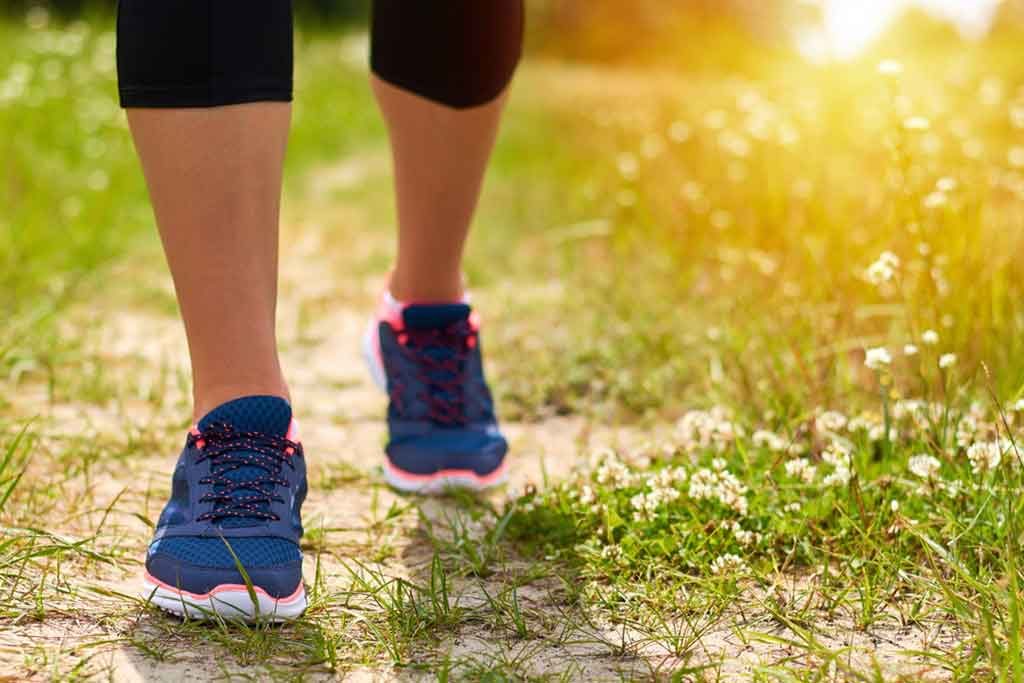Best Exercises for Neuropathy
It Feels Like Home!

Here are some of the best exercises for individuals with neuropathy.
Neuropathy, a condition resulting from damaged nerves, often causes pain, numbness, and weakness, particularly in the hands and feet. Regular exercise can help manage symptoms, improve strength, balance, and circulation, and enhance overall well-being. Here are some of the best exercises for individuals with neuropathy:
1. Aerobic Exercises:
Walking:
- Benefits: Improves circulation, helps maintain a healthy weight, and enhances overall cardiovascular health.
- How to do it: Start with short, manageable distances and gradually increase your walking time and speed as tolerated. Aim for at least 30 minutes most days of the week.
Swimming:
- Benefits: Provides a low-impact, full-body workout that is easy on the joints.
- How to do it: Swim laps or participate in water aerobics classes. The buoyancy of the water reduces stress on your feet and legs while providing resistance.
Cycling:
- Benefits: Enhances cardiovascular health and leg strength without putting excessive stress on the feet.
- How to do it: Use a stationary bike or a regular bicycle, starting with short sessions and increasing duration as your fitness improves.
2. Strength Training:
Leg Raises:
- Benefits: Strengthens the muscles in the legs and improves balance.
- How to do it:
- Sit in a chair with your feet flat on the floor.
- Slowly lift one leg to a straight position, hold for a few seconds, then lower it back down.
- Repeat 10-15 times for each leg.
Seated Row:
- Benefits: Strengthens the back and shoulder muscles, improving posture and upper body stability.
- How to do it:
- Sit on a bench or chair with a resistance band wrapped around your feet.
- Hold the ends of the band and pull back, squeezing your shoulder blades together.
- Release slowly and repeat 10-15 times.
Heel-to-Toe Walk:
- Benefits: Improves balance and coordination.
- How to do it:
- Walk in a straight line, placing the heel of one foot directly in front of the toes of the other foot.
- Use a wall for support if necessary.
- Repeat for several steps.
3. Flexibility and Balance Exercises:
Stretching:
- Benefits: Improves flexibility and reduces muscle tension.
- How to do it:
- Perform gentle stretches for the calves, hamstrings, quadriceps, and lower back.
- Hold each stretch for 15-30 seconds without bouncing.
Tai Chi:
- Benefits: Enhances balance, coordination, and overall relaxation.
- How to do it:
- Participate in a Tai Chi class or follow an instructional video.
- Focus on slow, deliberate movements and deep breathing.
Yoga:
- Benefits: Increases flexibility, strength, and balance while reducing stress.
- How to do it:
- Join a beginner yoga class or use a yoga DVD at home.
- Choose poses that are gentle and avoid those that put excessive pressure on the feet or hands.
4. Foot-Specific Exercises:
Toe Curls:
- Benefits: Strengthens the muscles in the feet and toes.
- How to do it:
- Sit in a chair with a towel on the floor in front of you.
- Use your toes to scrunch the towel towards you, then push it back out.
- Repeat 10-15 times with each foot.
Ankle Circles:
- Benefits: Improves flexibility and range of motion in the ankles.
- How to do it:
- Sit or lie down with your legs extended.
- Rotate your ankles in circles, first clockwise and then counterclockwise.
- Perform 10 circles in each direction for each ankle.
Tips for Exercising with Neuropathy:
- Consult Your Doctor: Before starting any new exercise program, consult with your healthcare provider to ensure it is safe for you.
- Start Slowly: Begin with low-intensity exercises and gradually increase intensity and duration.
- Wear Proper Footwear: Use supportive, well-fitting shoes to protect your feet and reduce the risk of injury.
- Stay Hydrated: Drink plenty of water before, during, and after exercise.
- Listen to Your Body: Pay attention to your body’s signals and avoid overexertion. If you experience pain or discomfort, stop and rest.
Regular exercise can play a significant role in managing neuropathy symptoms and improving overall quality of life. By incorporating these exercises into your routine, you can enhance your strength, balance, and flexibility while reducing pain and discomfort.
